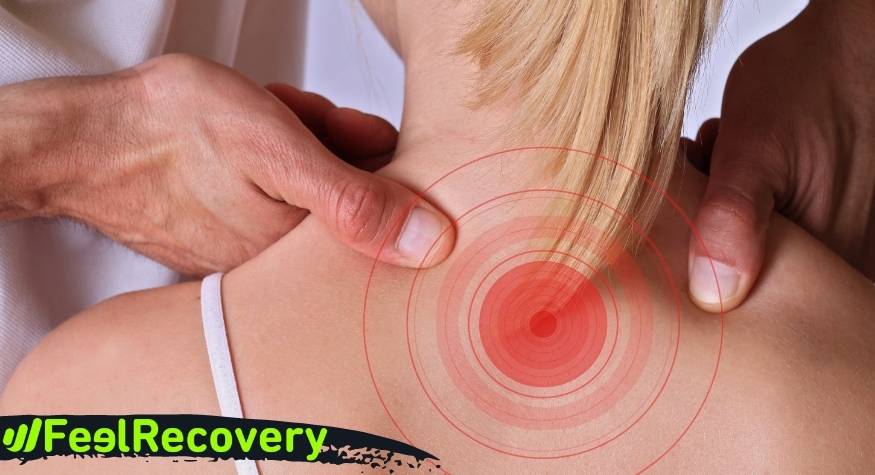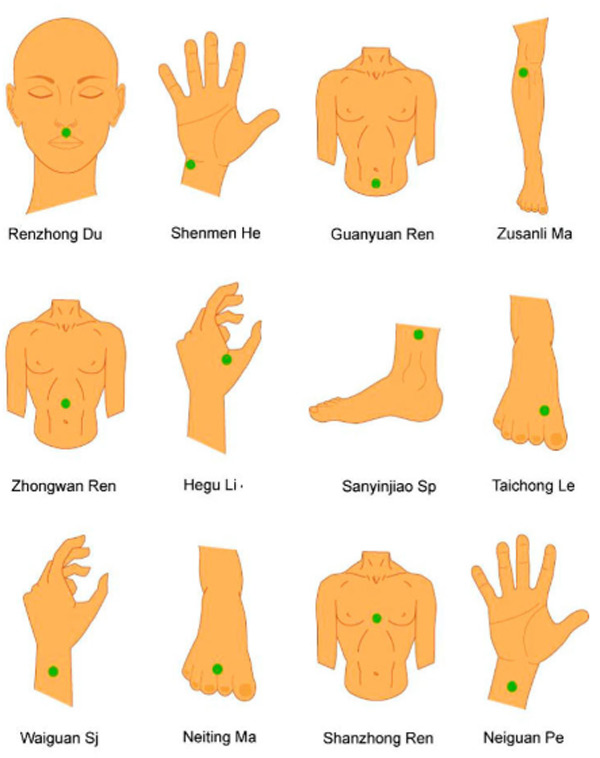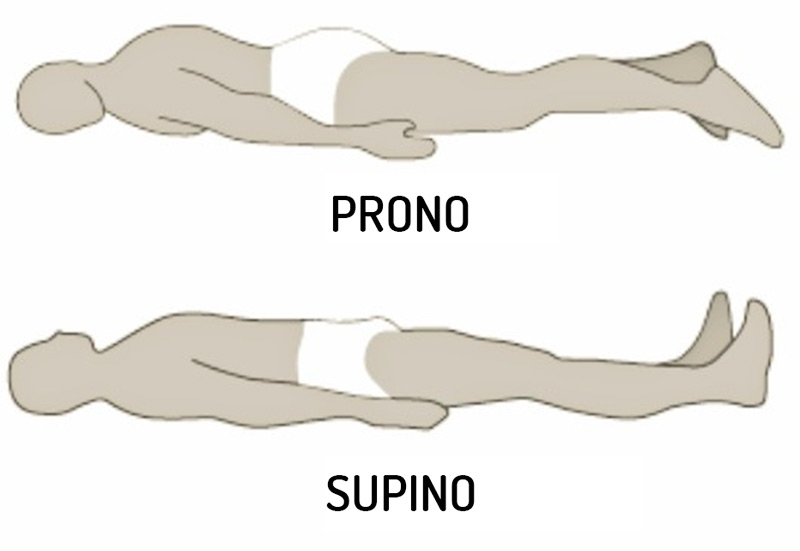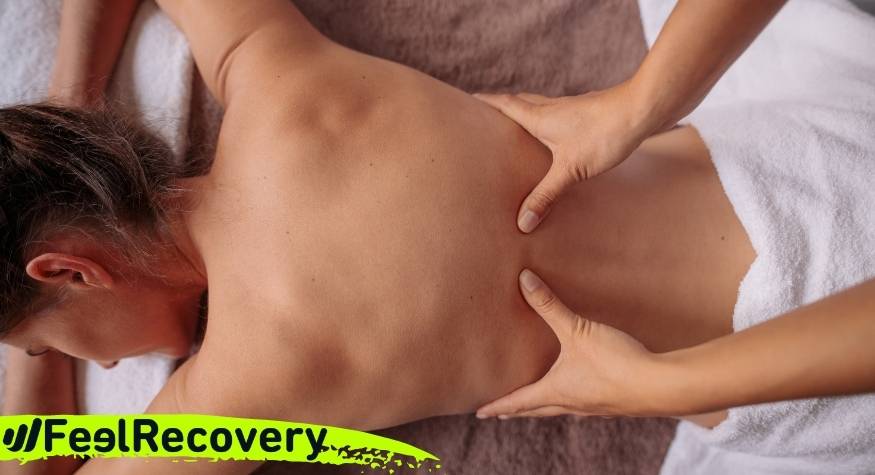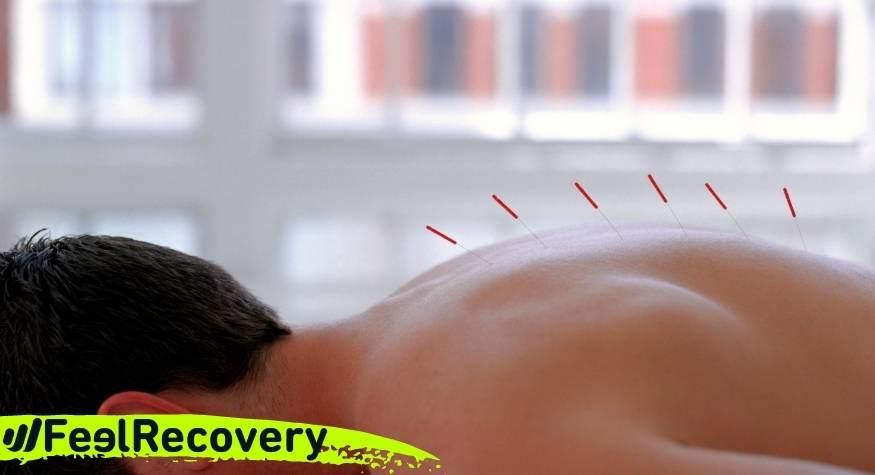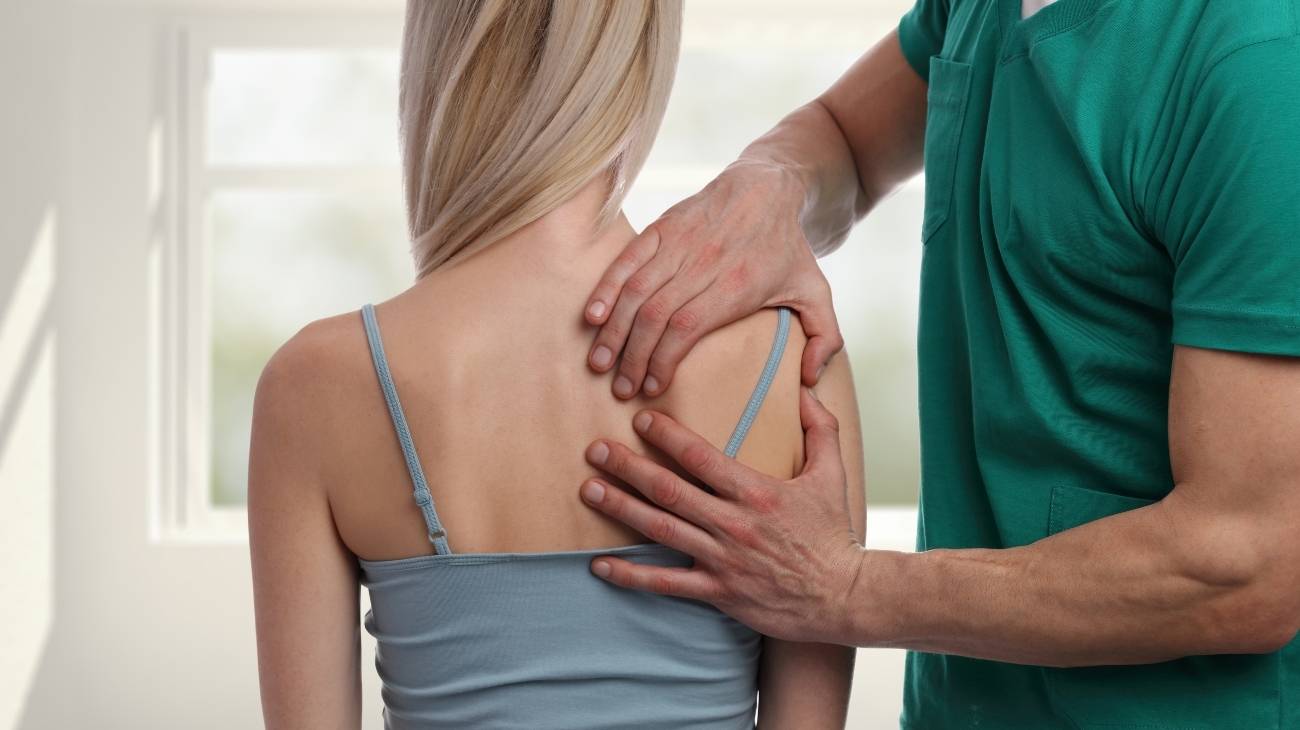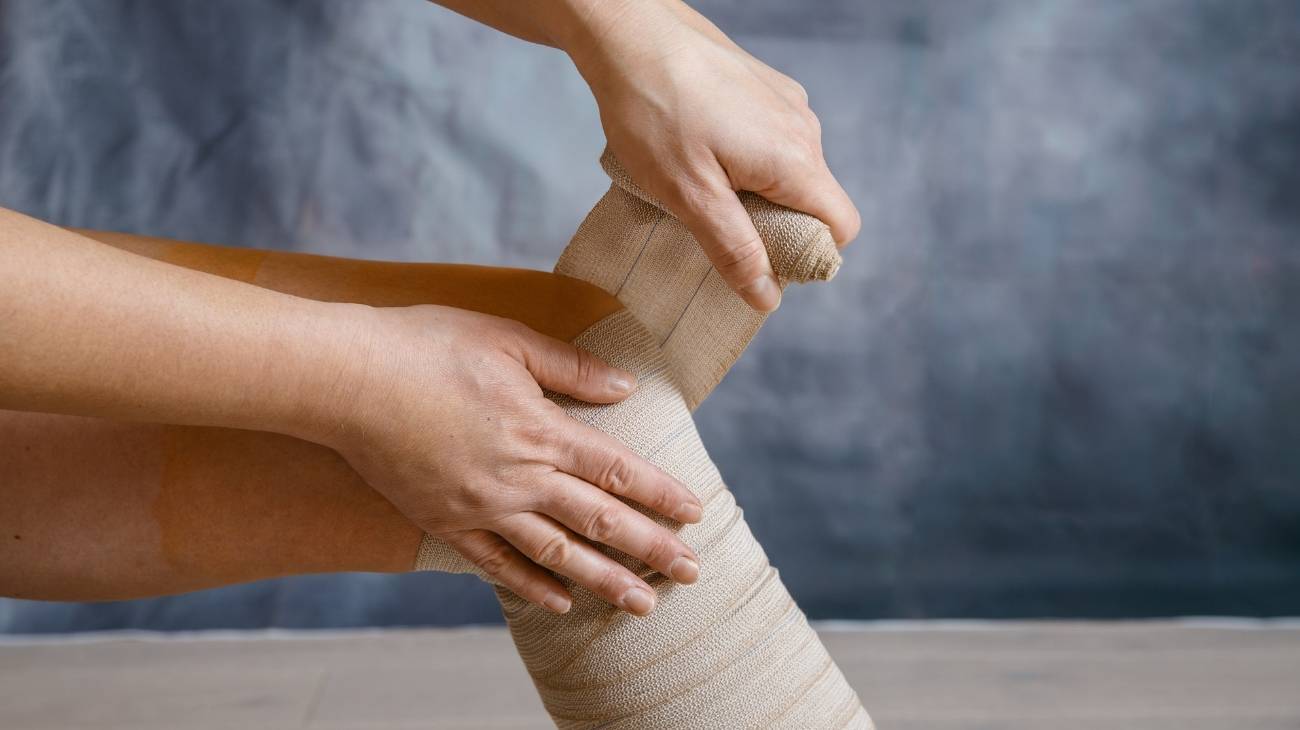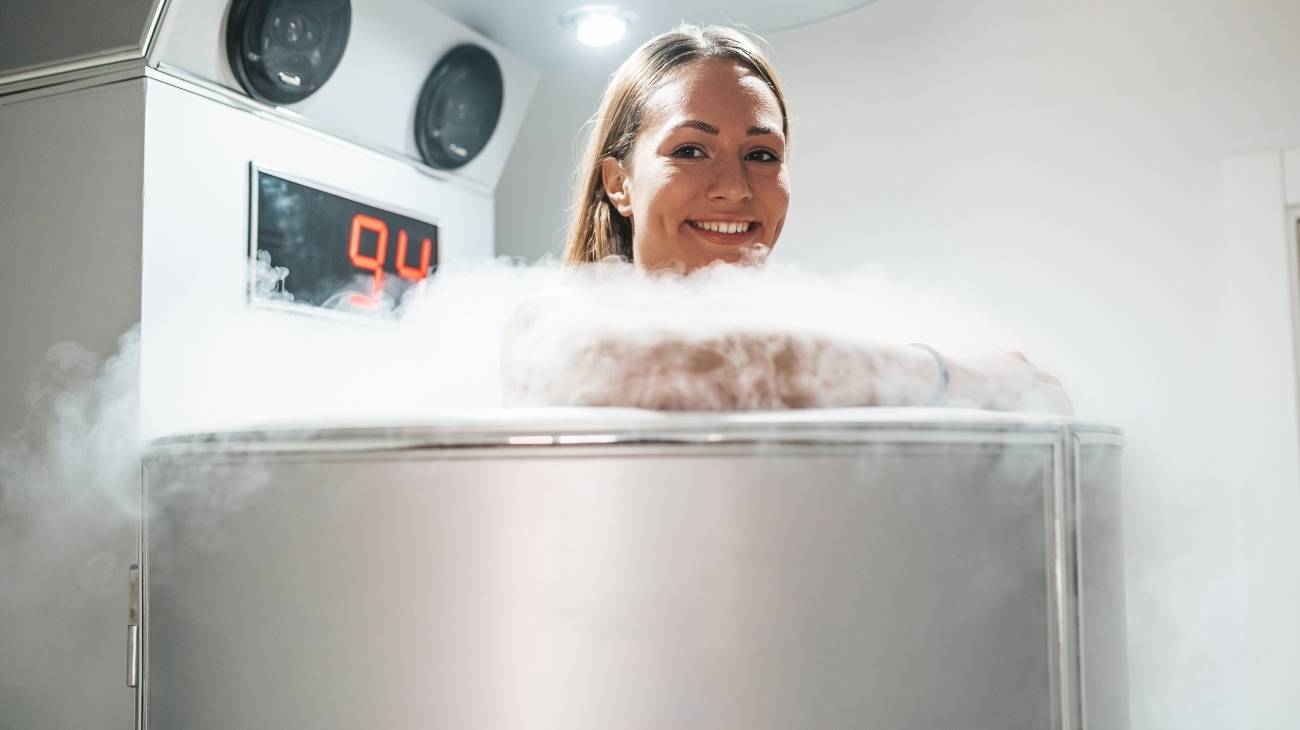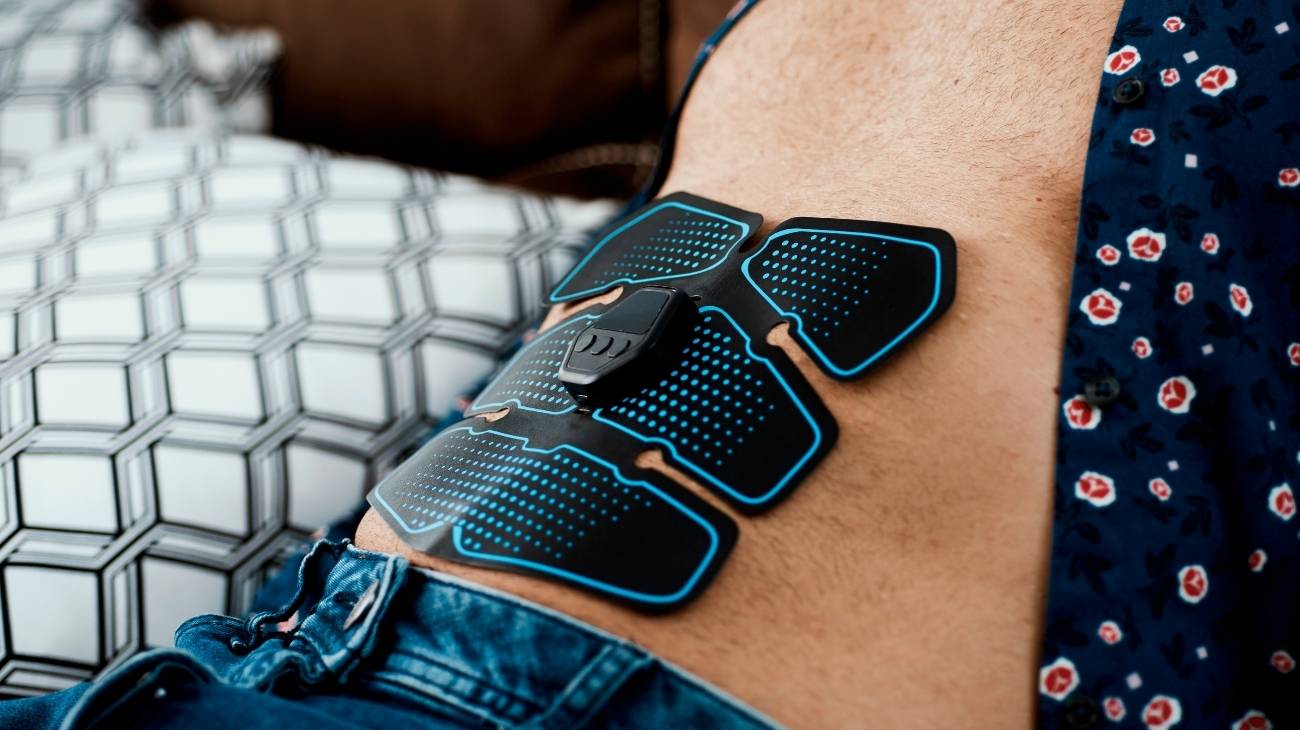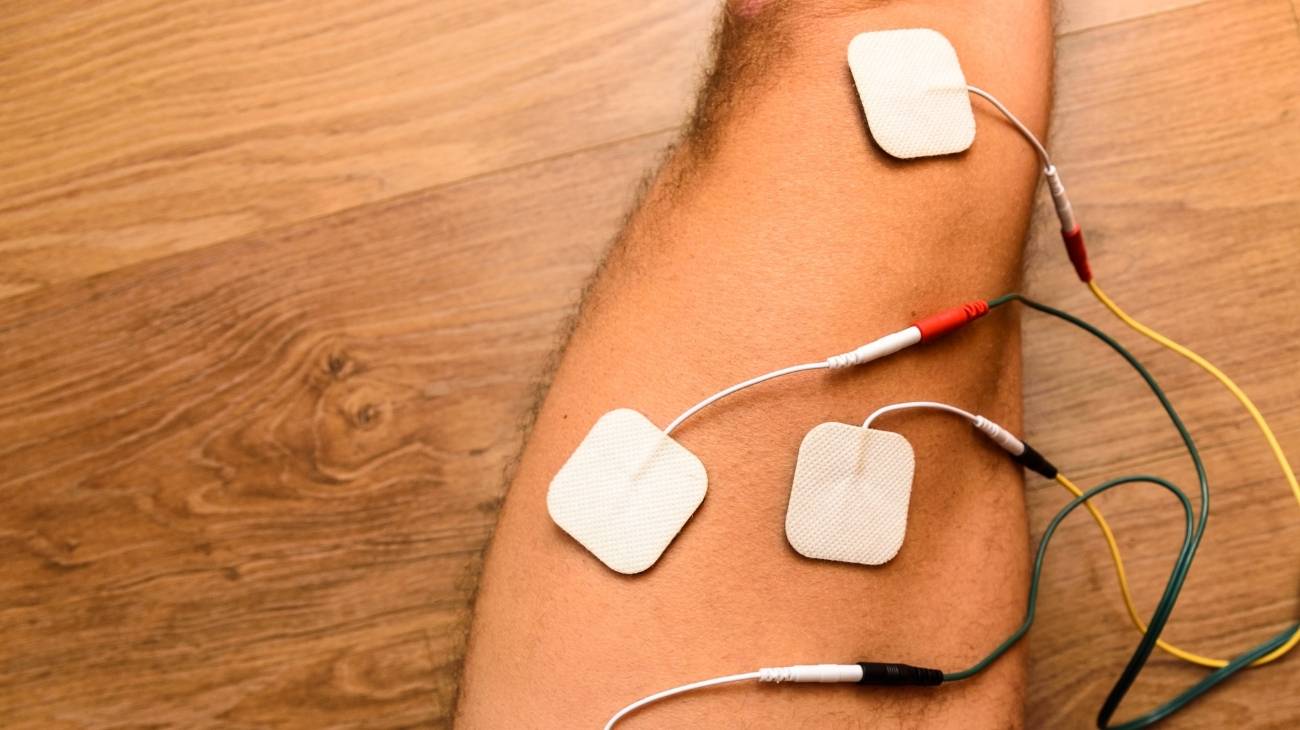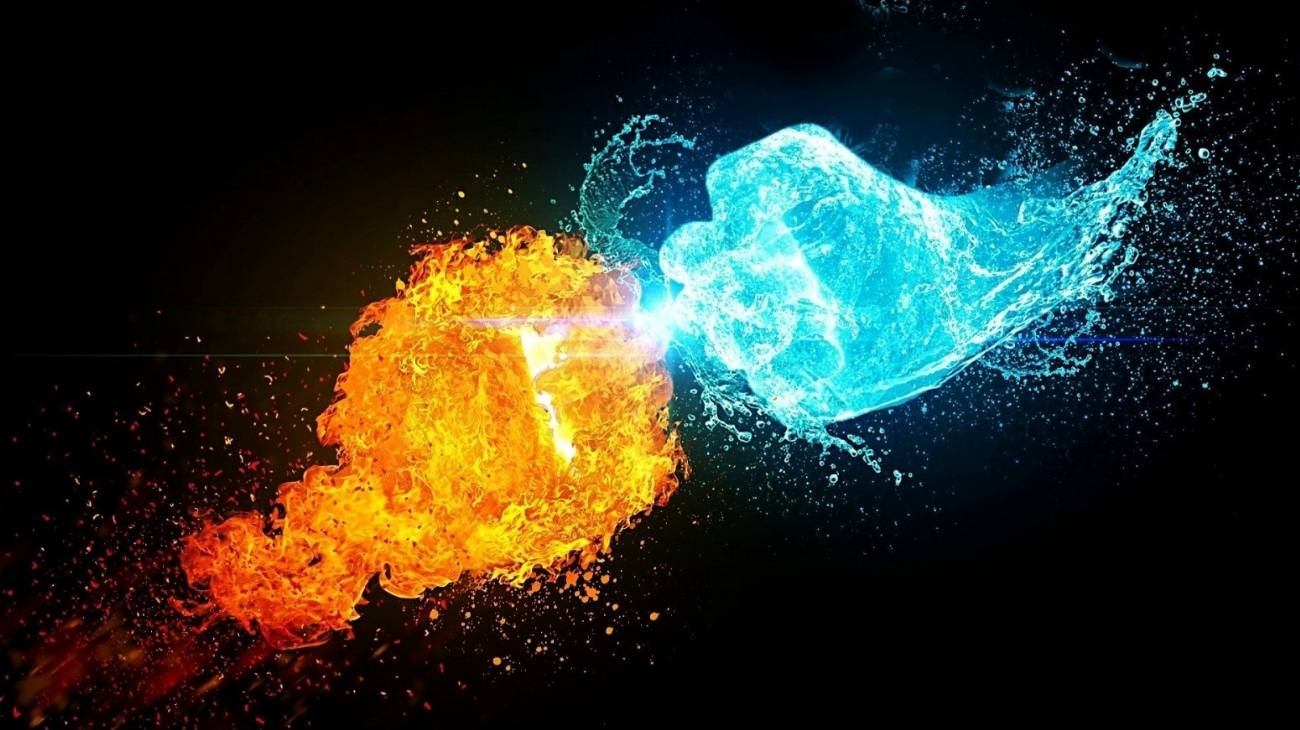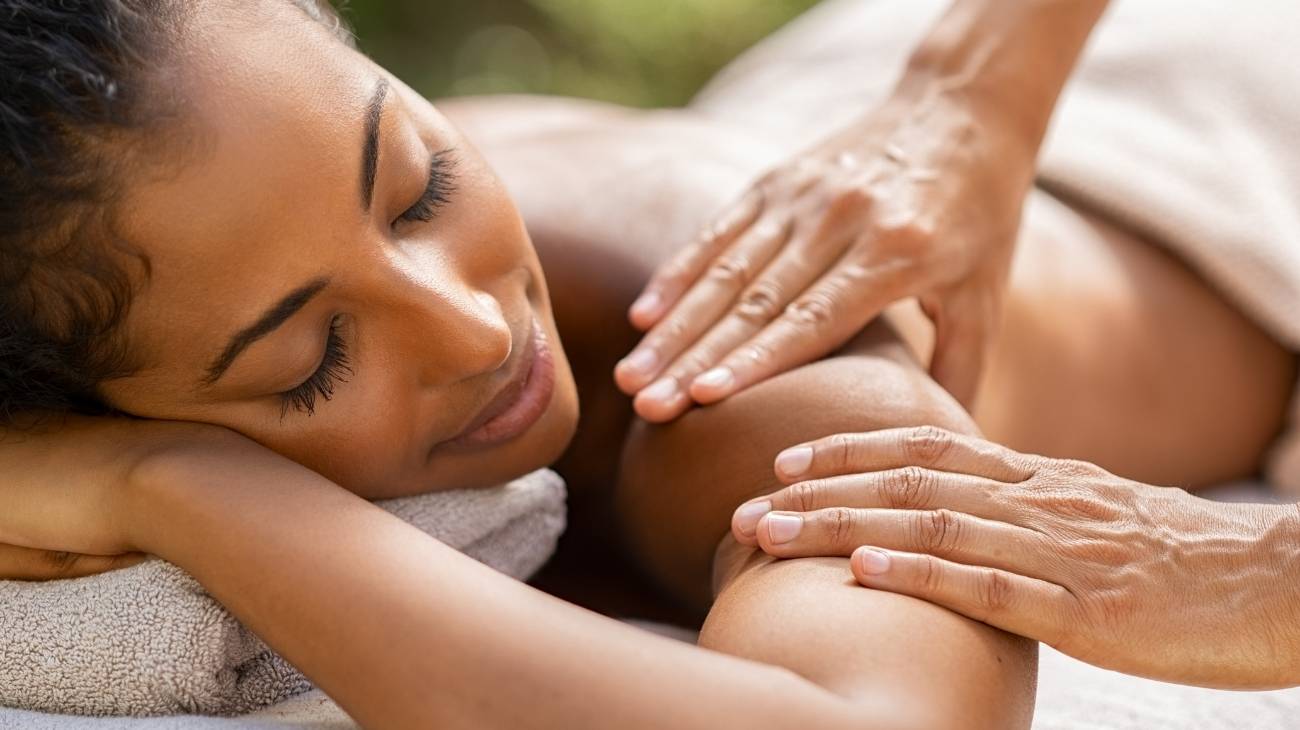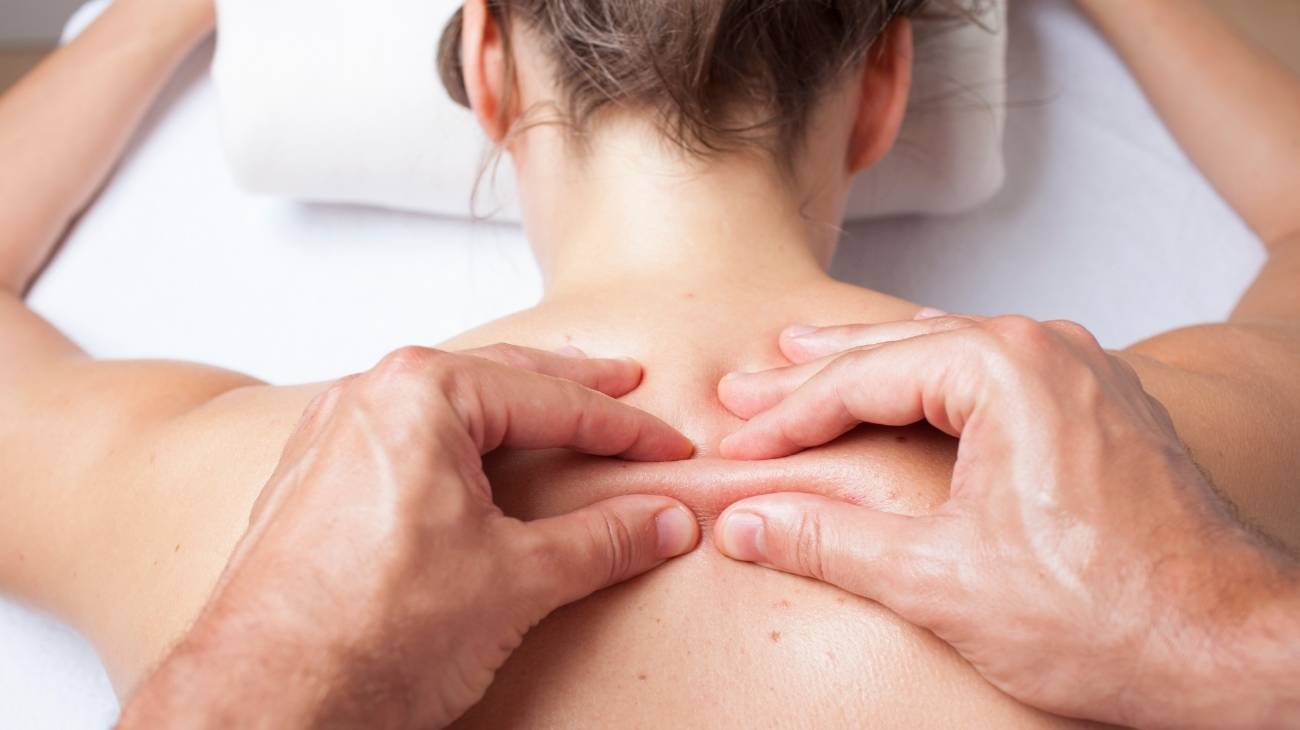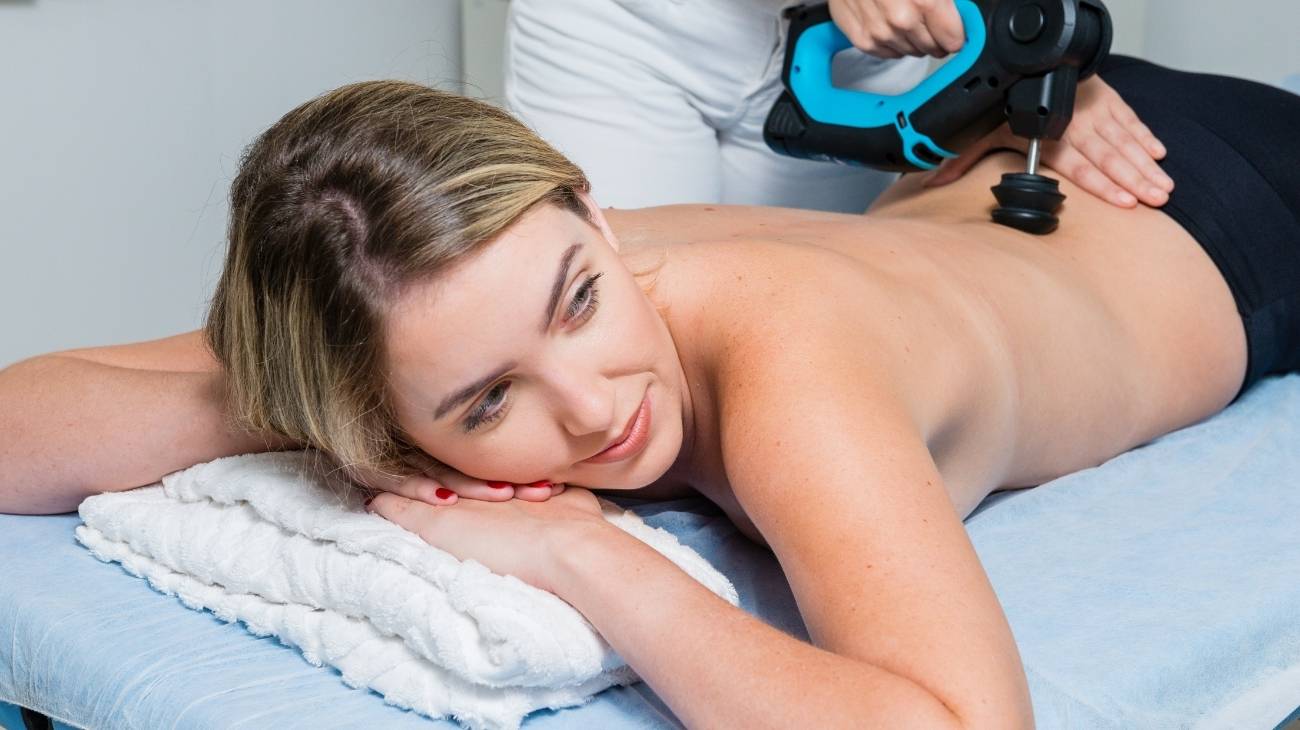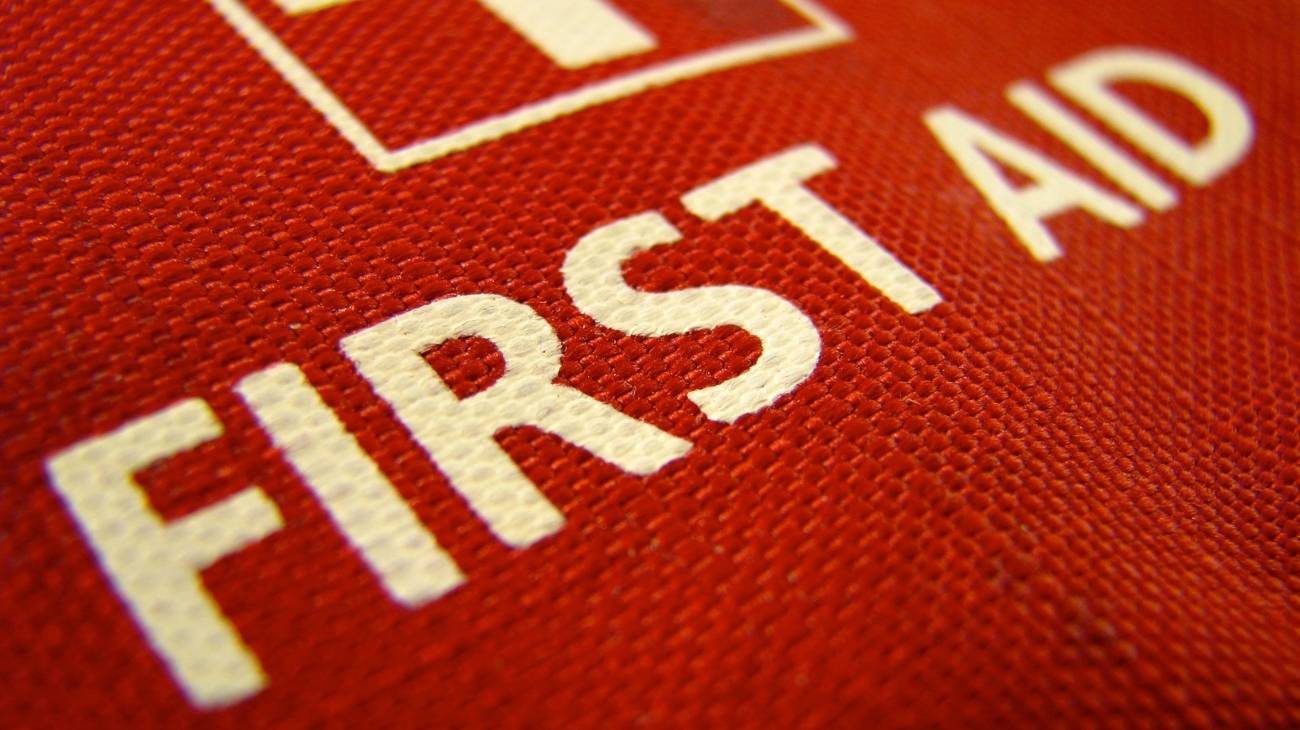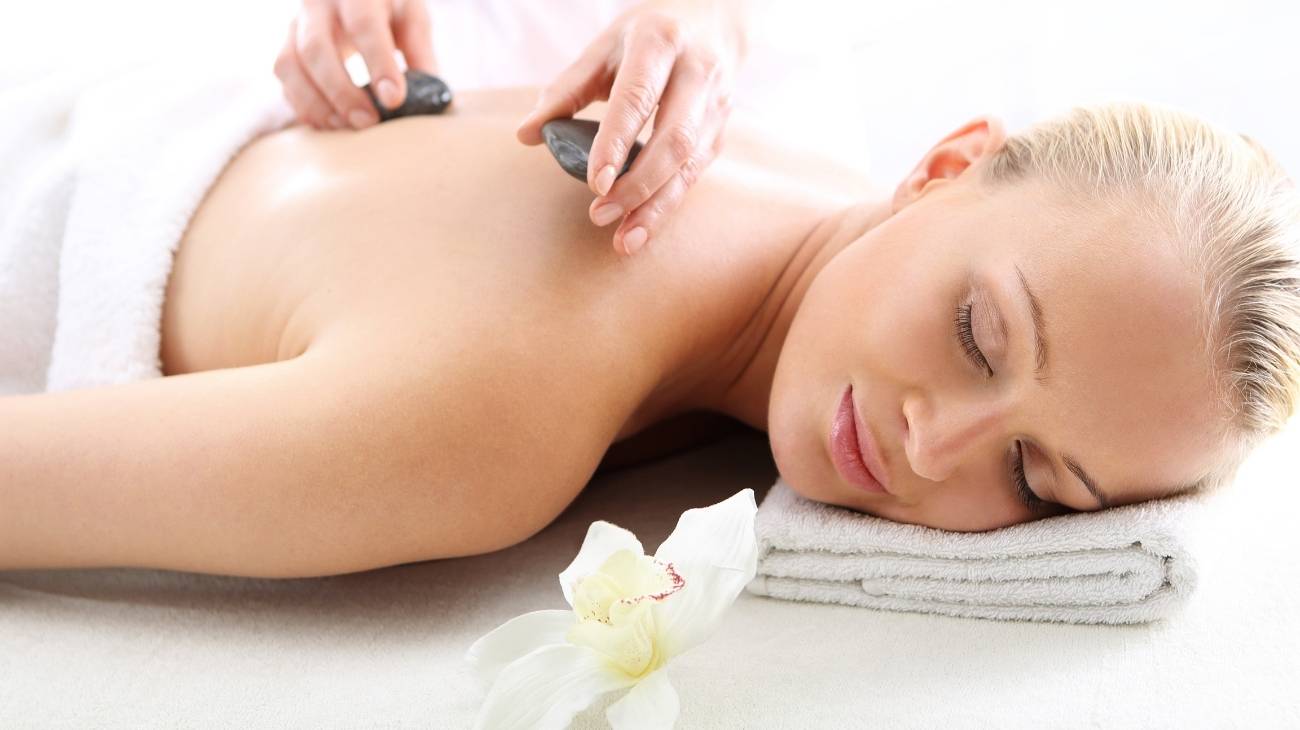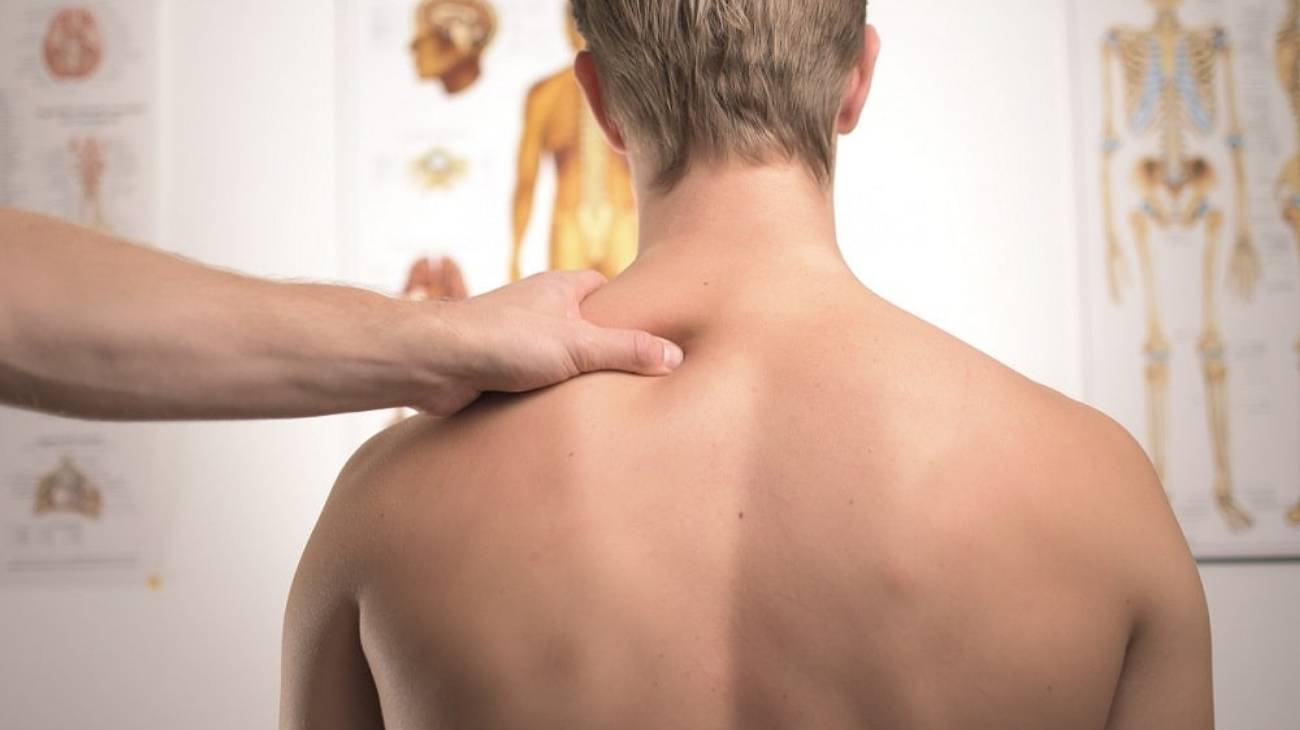- What is acupressure therapy and what is it for?
- What are the uses and benefits of acupressure to improve health?
- What are the most important acupressure points you should know?
- How to apply self-massage to improve health and recovery from injuries?
- Why is acupressure also known as Shiatsu massage?
- Is acupressure the same as acupuncture? What about dry needling?
- What are the risks and contraindications of acupressure massage?
- F.A.Q: Frequently Asked Questions
Acupressure therapy, known, unknown or confused in the West, has both defenders and detractors. However, what we can say about it is that it works in a non-invasive way on our organism producing obvious benefits.
Today you will discover what acupressure is, how this technique is done or performed (which we have already advanced, as it is very simple) and, very important for many, if it is the same as acupuncture or how it is different, something that will surprise you and that you will surely like. Keep reading and discover all that this technique can bring you just by receiving pleasure and enjoying a good time of relaxation.
What is acupressure therapy and what is it for?
Acupressure is one of several techniques in traditional Chinese medicine. It is similar to others that have long been established in the West, though of course not the same.
In this case, what is sought is the flow of Chi inside us to achieve its balance and that, with it, our state is healthy, benefiting from aspects such as relief, reduction, elimination, calmness and other forms of subtraction of pain, shrinkage and others. Or on the contrary, increasing, above all, sensations of well-being, working at a mental level.
For this to happen, what is done is to press some points called meridians that are related to the different parts of our body. This is how we manage to reach them and work them to normalise their state and make them functional. This is achieved by pressing with the fingers and sometimes with the knuckles of the fingers or, exceptionally, with the elbows.
Bestseller
What are the uses and benefits of acupressure to improve health?
Most people who receive this therapy go to it to try to control or lessen the symptoms of certain conditions.
The most common ones are:
- Fatigue, especially but not limited to that related to cancer.
- Headaches at all levels.
- Muscular pains and tensions (tendinitis, muscle pulls, etc).
- Vomiting and nauseous sensation produced as a result of the application of chemical therapy or surgery as well as in pregnancy.
- Motion sickness (bad movement due to lack of perception between the perceived and the real).
- Menstrual dysfunctions such as bleeding, cramps, irregularity etc.
- Stress.
Even so, the benefits of acupressure go far beyond this, there being improvement in typical pathologies that occur, in fact, in several of the points (such as stress), to others that we may never have heard of (such as intellectual retardation, elimination of the desire to cry for no reason and other curious cases).
We can say that, in general, obvious physical ailments are treated, but there are points that, well stimulated, work emotional or even visceral sensations.
In any case, below we are going to see the most used points with each and every one of the benefits that their pressure entails. In this way, you can get an idea of how complete this traditional technique is.
What are the most important acupressure points you should know?
Being as specific as this practice is it will not be difficult for you to know and remember the basic points of acupressure. Even so, we want to make the distinction between local acupressure points and activation points.
- Local acupressure points: these are the points that we will stimulate with this pressure, where we will reach through the pressure of the activation point, which is like a channel. These would be the areas that we want to relax, where we have a pain, etc.
- Activation points: these are the physical points on which the therapist acts, in other words, where he will physically and directly touch us.
The local points are linked to the activation points by what is known as a network, a system through which chi flows throughout our body and which allows us to act on the inside from the outside to keep us in balance.
In the head
- GV16 Fengfu or Wind Mansion: This is the back of the neck as such, the central area, the gap between the two muscles that rise vertically towards the skull. It is stimulated, as most people do, with the fingertips, although it is also common to use an ice cube, pressing it intermittently for intervals of three seconds. The benefits are varied, including an improvement in digestion, a boost in general blood circulation, a decrease in various pains such as toothache, headache or joint pain and finally, it also improves the quality of our sleep.
- GB20 Feng Chi or the gates of consciousness: We find it in the area where the trapezium and the sternocleidomastoid join the skull, being double, logically. To verify this, the usual thing is to start by palpating from the ear bone and going down diagonally, following the groove. Press with the fingertips for a few seconds and then massage with the knuckles. In general, it is preferred for treating headaches, migraines or headaches with focus, for example, with blurred vision. Other benefits related to the kinaesthetic sense are eye pain, tinnitus, dizziness and vertigo, which are considerably reduced. It also helps us recover from fatigue and find more compounds if we have a cold. Finally, it removes the stiffness, in this case, from the area itself, from the back of the neck.
- Third eye: We all know about this therapy, as it is the point between our eyebrows, just above our nose. We stimulate it either by pressing the index finger for a minute or by carrying out a circular massage without lifting the finger. It is a point designed to work in different ways on the blood vessels, improving circulation and consequently oxygenating the tissues. This means benefits at an internal level, as is logical, as we have a greater contribution of nutrients to all the tissues, a good cellular functioning, but also visible changes such as the reduction of dark circles, friction, etc.
- Bamboo: It is found in the inner eye area, in the corner. It is worked on with the index finger and only for a minute, gently. With its stimulation we will reduce stress, it will help us to relax and, eye, it will help us to decongest the nose (important for colds, very useful in infants).
- Fragrance point: It is located on both sides of the nostrils, a couple of centimetres from the nose flap, in the lower area of the cheekbone. This is not a strong pressure point but a massage point. Working it will improve the symptoms of sinusitis and help to relieve terrible migraines.
- Renzhong Du: The point of points, the one that rules all the meridians. It is located in the centre of the upper lip. Locally, it helps with tooth pain in the upper jaw and with temporary facial paralysis and unplugging the nose. It is an emergency point in case of syncopes, fainting and loss of consciousness in general (in this case, we will proceed to press it with the nail, with more intensity), being a great mind clarifier and reducing agitation (for example, it eliminates the need to talk incessantly or to cry or laugh without reason. It also works to reduce acute low back pain.
In the trunk of the body
- Guanyuan Ren4: We find it just halfway between the navel and the beginning of the pubic area. It regulates an incoherent menstruation, helps in the retention of urine and to cut the diarrhea. In general, it is a point very related to the lower area, as it is indicated to cut uterine bleeding, amenorrhea, dysmenorrhea, spermatorrhea, pain in the lower abdomen, control enuresis and encopresis and, very importantly, to retain the symptoms and difficulties of a prolapsed rectum. It must be stimulated quite strongly.
- Zhongwan Ren12: We find it in the middle stomach, several centimetres above the navel. It is the meridian to focus on to treat stomach problems (very effective in the case of digestive problems of emotional origin) and bowels in general (bladder, intestines, gall bladder...). It is also thermoregulatory, helping the function of the internal organs that may be altered by this problem. You also work on the emotions when you put pressure on it because it reduces obsession, the excess of reflection on things, the level of worry about the future and, in general, anxiety. It must be treated in a deep way, with knuckle pressure.
- Shanzhong Ren17: In the centre of the back, between both nipples, over the sternum. It is a point with which very varied results are achieved, from improvement in asthma, disappearance of nausea and vomiting, elimination of oppression of the ribcage, improvement in mastitis, irritability, coughing, reduction in the quantity and power of palpitations, etc.
- Jian Jing GB21: Located in the central area of the main muscle of the shoulder. To do the therapy, in this case what is done is to pinch it with fingers 1 and 3, as if we were holding a T-shirt with a tweezers hanger, above the clavicle. This is a point to consider if you are pregnant, but not forbidden. With its stimulation you will eliminate headache, neck and toothache as well as facial muscles. In addition, it is the most used to relieve stress, especially that accumulated in a passive way.
On the arms
- LI-4 Hegu: As with the GV16, this point, located on the meatball between the indica and the base of the thumb, relieves various typical day-to-day pains such as headache, toothache or neck pain as well as all kinds of facial tension. It is considered to be a birth inducer, so it is forbidden to work with it during pregnancy.
- Shenmen C7: It is immediately above the inner prominence of the wrist joint, which is at the level of finger 5. It has a lot to do with mental problems, being useful in cases of mania, hysteria, anxiety, dementia, memory loss, multiple sleep, child intellectual retardation and irritability. We also use it when we suffer from palmar heat in the hand, jaundice or palpitations as well as precordial or hypochondrial pain.
- Waiguan Sj5 or Outer Door: It is located on the forearm, in the depression formed by the ulna and radius bones, coinciding with the radial edge of the common extensor. Important because it works on pneumonia, odontology, tinnitus, deafness, conjunctivitis and several other aspects that do not treat the rest of the points. It also relieves pain in the cheek, fingers, back and shoulder and improves disorders of the arm and especially the elbow at the motor level as well as stiffness in the neck. To stimulate it we must make sure we get to press the extender.
- P6 Neiguan: This is situated on the wrist, on the dorsal side, right in the middle, at the branching point of the vein, next to the area where we take the radial pulse. Another of the many to treat headache, anxiety and dizziness. However, it has effects that we do not find at any other point. For example, carpal tunnel syndrome (which is so difficult to solve if we let it go) or stomach discomfort will get better. Watch out because it helps regulate the heartbeat, which can make many cardiovascular problems better and reduce the risk of heart attack.
- Zhong Zhu TE3: It is located in the back of the hand, in the area where a union is formed between the tendons of the little and ring fingers, between the knuckles of both and a little down. It is specific for headache when it occurs in isolation, not if it is recurrent or if headaches are suffered. It is ideal for eliminating tension in the neck and shoulders and also for relieving the pain caused by low back pain. You work on it first by applying strong pressure and then massaging it for a few seconds, so that the area relaxes.
On the legs
- LV-3 Taichong Le: It is located on the foot, between the first and second toes, in the highest area of the sunken part. Very useful to try to balance a somewhat high blood pressure, to reduce insomnia, to work on emotional disorders, to deal with stress and to reduce pain in all extremities.
- Sanyinjiao Sp6: You find it in the depression of the tibia, in the each interior of your leg, about 5 cm above the prominence of the talus. You must apply sufficient pressure to the area (it is deep) with the tip of your thumb and finish by massaging it for a few seconds, in a circle. You should not receive acupressure treatment at this point during pregnancy. In general, it improves pelvic and urological disorders and menstrual cramps (including pain and also distress). It is also very effective in treating insomnia and eliminates fatigue.
- KI3 Taixi or the kidney channel: You have it on the inner side of the ankle, a few fingers behind the malleolus prominence and before reaching the calcaneal tendon. From its name we deduce that it works the kidney, in this case, toning it up. It also helps to avoid loss of hydration due to excess heat: it reduces insomnia, prevents evening fever, reduces night sweats, prevents the tongue from drying out while we sleep) It has many other benefits, but stands out for its benefits in treating asthma, coughs and respiratory problems in general... It reduces backache, headache and toothache, reduces inflammation of the throat and symptoms of tinnitus and ear problems. It also regulates the release of semen and menstruation. To stimulate it, we must apply oblique pressure to the prominent bone.
- ST 36 Zu San Li Ma: It is situated in the lower leg, a few centimetres below the knee, in the front and towards the outside, more or less four fingers below the kneecap, in the depression, next to the tibia. It relieves knee pain and sudden mild gastrointestinal problems (such as heavy digestion). Other uses of this point are to treat depression, eliminate fatigue and, in fact, in Asia it is trusted to achieve even greater longevity.
- Neiting Ma E44 or Inner Courtyard: We have it between the 2nd and 3rd toes, in the distal depression, next to the second phalangeal joint, on the back of the foot. It is a regulator of the intestines, eliminates eye and dental pain and, in general, of the upper part of the meridian. Of course, it is indicated to eliminate pain in the dorsal part of the skin. It stimulates the V par, a highly sensitive nerve in the skull below the temple that can produce unbearable pain. It also has a positive effect on mental disorders such as depression in all its degrees.
How to apply self-massage to improve health and recovery from injuries?
Let's look at all the points to consider regarding a conventional acupressure session and how we should apply a self-massage ourselves in a correct and simple way.
Posture
One of the specifications that we must consider and maintain is that the patient should acquire the supine or prone position. This consists of remaining parallel to the floor, lying down, with a neutral neck (some element is usually placed to achieve this) and looking towards the zenith.
The extremities should be extended, the hands with the palm upwards and the feet in neutral flexion, that is to say, leaving them to rest in a similar way as if we were standing, in a position close to 90º with respect to the leg. It will be the professional himself who, in order to puncture one or other area, will move you gently.
Pressures
These seek to stimulate the acupressure points, reflexes or meridians, which, as we have said, are related to or represent areas that are difficult to access, which are the ones that are affected. The pressures can be performed with the fingertips of the thumbs or the knuckles of the fingers or, if necessary, with any other finger.
The pressure should be gentle but applied firmly to slowly release it. The duration of these varies between 30 and 120 seconds. Another important point of the acupressure massage is that these punctures should be repeated three, four or five times. It is not a question of squeezing once, more or less strongly, but of doing so, at each point, how and how much is considered.
Finally, we must not forget to pamper the area around the meridian points. These are going to be massaged or stretched after each pressure to give more comfort and to recover more easily the original situation of the worked area.
Session
The session should be carried out always seeking the relaxation of the person. For this, the room will be adapted with music and lighting, although this is not an indispensable requirement. In fact, it would be counterproductive if the professional is not able to find the pressure points easily. In any case, silence reigns, aromas are spread, the person remains dressed, etc.
Finally, we must point out that a complete session lasts between 50 and 60 minutes. In this case, a lot of points will be stimulated, always looking for a general wellbeing. In general, a set of points are chosen that produce well-being in as many aspects as possible. However, if we come for a particular problem, it is logical that the sessions are shorter and focus on those meridians related to our situation.
Complementary material
To make the practice more complete, balanced and effective, experts sometimes use different elements.
- Acupressure balls: These are used to perform massage on a localised area. They are very stimulating due to their spiked structure.
- Acupressure ring: Used to massage the fingers, both hands and feet.
- Acupressure mat: A mattress base with elements of different relief that allow you to receive a massage in a passive way, as the pressure is applied to different points while you are lying down.
Why is acupressure also known as Shiatsu massage?
You may have heard both concepts spoken of in a way that was identical. The truth is that they are very similar. For example, both are forms of alternative medicine, although Shiatsu is Japanese. The basis is the flow of Qi throughout our body based on pressures on the meridians, which are the same in Shiatsu as in acupressure and also in acupuncture. There is also agreement in the environment in which they are performed and in which the patient remains clothed.
Acupressure and Shiatsu make use of the palms of the hand to perform the pressures, especially the fingertips. However, in the first case, we also use the knuckles or even the elbows. Thus, the concepts governing Shiatsu are identical to those of acupressure therapy, brought from traditional Chinese medicine to be applied in Japan, but with that subtle difference.
Furthermore, it should be mentioned that while Shiatsu is seen more as a massage, active (everything that can be considered its methodology), even used as a resource of leisure, of relaxation, acupressure does not have that pleasant massage point but is seen more as a medical resource in which there is not so much rhythm (although there is balance).
Thus, we can say that they are the same, or they are very easily confused and, in fact, they are demanded equally since the objective and the method are almost identical except for the differences mentioned above.
Is acupressure the same as acupuncture? What about dry needling?
You may have asked yourself this question as you read this article. Certainly, all three have similar goals and some of their performance is similar, although there are obvious differences.
The difference is that acupressure is practiced with the fingers, exerting pressure, and that for acupuncture and dry needling, tiny needles are used that penetrate the skin minimally. The points are pressed, but not equally; the material, the resource used is different.
It would be more logical to ask whether dry needling and acupuncture are the same, as they are much more similar. In general, the former is scientifically supported while acupuncture, like acupressure, is based on traditional eastern medicine, which is much older and wiser than current western medicine.
In turn, between dry needling and acupuncture, the major difference is that acupuncture (like acupressure) continues to mark the meridian points while dry needling treats the trigger point (the area affected or acting on it). There is another difference, which is the posture of the patient.
If we work on the meridians, the position will be in a supine position. In the case of the trigger zones, they must be placed so that they are as easily accessible as possible. For obvious reasons, another big difference is the frequency with which we can undergo sessions with or without needles.
What are the risks and contraindications of acupressure massage?
From all of the above, you can easily understand that acupressure has little, if any, risk. At the end of the day, we are talking about massaging and pulsing in non-delicate areas of our body. Even so, let's look at its possible side effects and the contraindications it has.
Side effects
In an unusual way, two situations can occur:
- Pain: It is possible that, after a session, you may feel some pain in the treated areas; this should never be intense.
- Dizziness: It can occur due to the confluence of the oppressive action on sensitive areas such as areas of blood flow.
- Haematomas: A haematoma can also appear if we have sensitive skin or an unconventional blood flow (which does not mean that it is bad).
Contraindications
As for contraindications, although we have already seen that the therapy is not very invasive, there are some:
- Pregnancy: You can receive acupressure sessions during pregnancy. There are simply points such as the lower back, the leg or obviously the abdomen, which cannot be pressed.
- Wounds: For obvious reasons, no wound should be pressed, as this prevents it from healing and will in fact lead to it being reopened, with its corresponding bleeding.
- Haematomas.
- Inflamed areas. In general, you should not allow pressure to be applied to inflamed areas unless you know their origin and it is compatible.
- Other contraindications: There are various circumstances in which acupressure may or may not be advised by a professional. These are if you tend to suffer from haematomas (even if you do not have them at the time), if you suffer from bleeding disorders of any other kind, if you are taking antiplatelet or anticoagulant drugs, if you suffer from cancer, if you have heart disease or osteoporosis. In any of these cases, consultation with your doctor is obligatory and, knowing your history, he will be the one to consider whether you should undergo sessions of this type, offering you the corresponding advice according to your case.
F.A.Q: Frequently Asked Questions
References
- Mehta, P., Dhapte, V., Kadam, S., & Dhapte, V. (2017). Contemporary acupressure therapy: Adroit cure for painless recovery of therapeutic ailments. Journal of traditional and complementary medicine, 7(2), 251-263. https://www.sciencedirect.com/science/article/pii/S222541101630044X
- Carotenuto, M., Gallai, B., Parisi, L., Roccella, M., & Esposito, M. (2013). Acupressure therapy for insomnia in adolescents: a polysomnographic study. Neuropsychiatric disease and treatment, 9, 157. https://www.ncbi.nlm.nih.gov/pmc/articles/PMC3559075/
- Hsieh, L. L. C., Kuo, C. H., Lee, L. H., Yen, A. M. F., Chien, K. L., & Chen, T. H. H. (2006). Treatment of low back pain by acupressure and physical therapy: randomised controlled trial. Bmj, 332(7543), 696-700. https://www.bmj.com/content/332/7543/696?ehom=
- Song, H. J., Seo, H. J., Lee, H., Son, H., Choi, S. M., & Lee, S. (2015). Effect of self-acupressure for symptom management: a systematic review. Complementary therapies in medicine, 23(1), 68-78. https://www.sciencedirect.com/science/article/abs/pii/S0965229914001848
- Cha, N. H., & Sok, S. R. (2016). Effects of auricular acupressure therapy on primary dysmenorrhea for female high school students in South Korea. Journal of Nursing Scholarship, 48(5), 508-516. https://sigmapubs.onlinelibrary.wiley.com/doi/abs/10.1111/jnu.12238
- Chen, L. L., Su, Y. C., Su, C. H., Lin, H. C., & Kuo, H. W. (2008). Acupressure and meridian massage: combined effects on increasing body weight in premature infants. Journal of Clinical Nursing, 17(9), 1174-1181. https://onlinelibrary.wiley.com/doi/abs/10.1111/j.1365-2702.2007.02147.x
- Hajiamini, Z., Masoud, S. N., Ebadi, A., Mahboubh, A., & Matin, A. A. (2012). Comparing the effects of ice massage and acupressure on labor pain reduction. Complementary Therapies in Clinical Practice, 18(3), 169-172. https://www.sciencedirect.com/science/article/abs/pii/S1744388112000412
- Dabiri, F., & Shahi, A. (2014). The effect of LI4 acupressure on labor pain intensity and duration of labor: a randomized controlled trial. Oman medical journal, 29(6), 425. https://www.ncbi.nlm.nih.gov/pmc/articles/PMC4289495/
- Yip, Y. B., & Tse, S. H. M. (2004). The effectiveness of relaxation acupoint stimulation and acupressure with aromatic lavender essential oil for non-specific low back pain in Hong Kong: a randomised controlled trial. Complementary therapies in medicine, 12(1), 28-37. https://www.sciencedirect.com/science/article/abs/pii/S0965229904000020
- Ganji, G., Keramat, A., & Ahmad Shiravani, M. (2014). Effect of acupressure on labor pain relief: a systematic review of clinical trials. The Iranian Journal of Obstetrics, Gynecology and Infertility, 17(119), 8-17. http://eprints.mums.ac.ir/4136/









